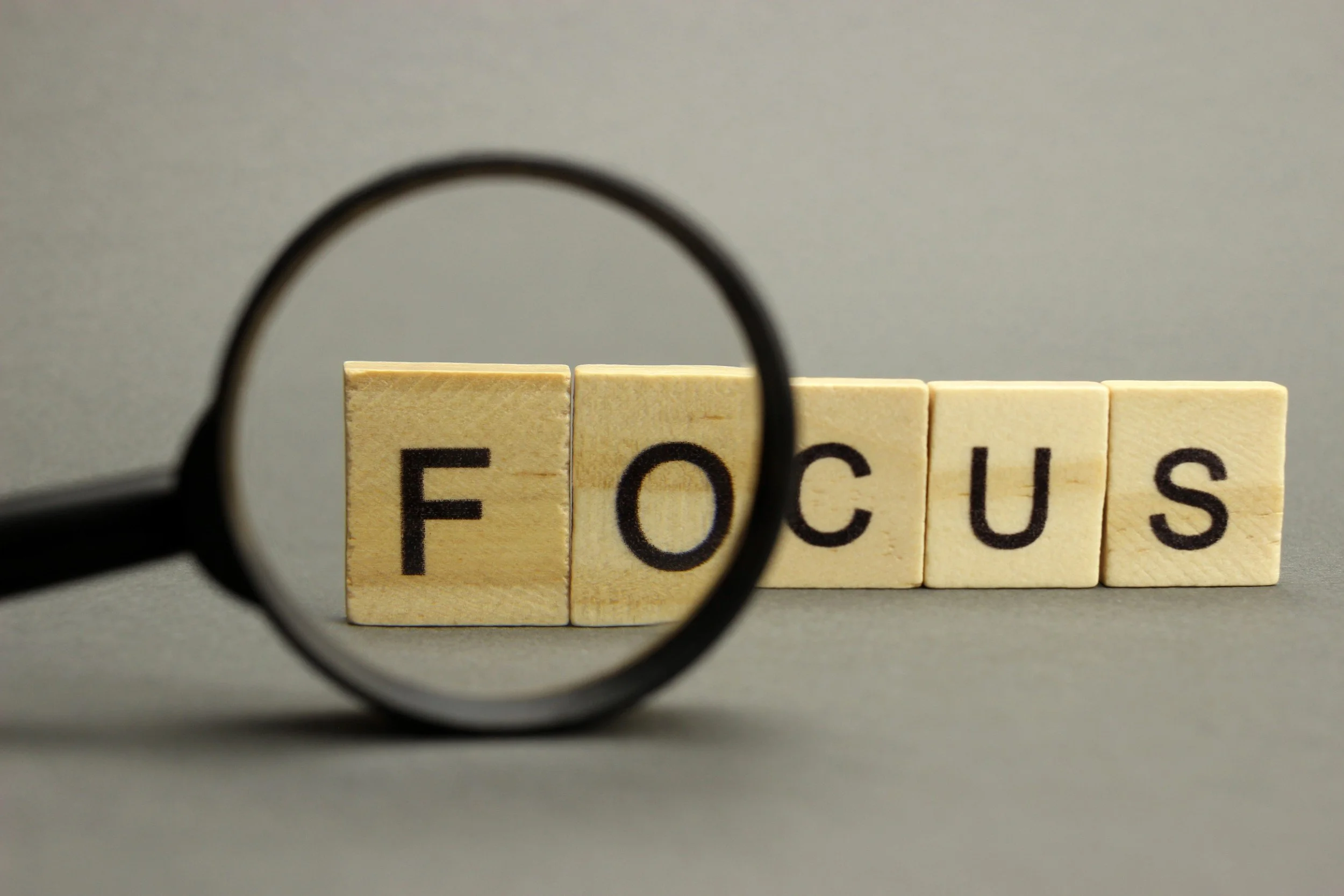3 Steps to Focus Your (Team’s) Energy
July 24, 2025 | By David M. Wagner
After I facilitated a planning workshop recently, one of my clients remarked, “Without you, this would have taken us years!”
I responded, “Sometimes my job is to just help focus the energy that’s already there.”
It’s true: many organizations struggle not because they lack great ideas or motivated supporters, but because they’re missing focus.
Signs you (or your team) could use more focus:
You have lots of ideas, but no way to prioritize activities
You’re busy, but not making progress
The same issues keep coming up
Feel familiar?
If so, here are three steps to restore focus – so you can start making progress again.
Step 1: Set Clear Goals
A common pitfall: jumping straight into choosing what to do before getting clear on why to do it.
What are you trying to accomplish?
Your team may disagree about what the result is, or (more often) about how to achieve it.
Agreeing on shared goals helps in both situations.
Identifying personal goals also helps restore focus on an individual level.
Start small: set a goal that is achievable in the short-term and easily measured. As you build comfort focusing on goals, explore longer-term, bigger-picture goals to organize your efforts.
Step 2a: Generate Ideas
Take this step only if you have no clear options for meeting your goals (otherwise, go to step 2b).
Start by choosing one or more ways to generate some options:
Hold a (facilitated) brainstorming session (or spur some creative thinking)
Ask peers for suggestions or ideas they’ve tried
Talk to a professional with relevant experience
When you have at least one reasonable option to meet your goals…
Step 2b: Choose Your Approach
Being strategic is as much about choosing what you won’t do as what you will.
Review your options. Which seem most likely to meet your goals at an acceptable cost and risk?
If there’s no single, clear path, decide on a reasonable first step. For example, you might need to gather more information or try out a small version of one of your options.
Then table all other approaches. You can always change tactics later when there’s a clear need.
Step 3: Track Results
Set up a system for regularly tracking the results of your chosen approach(es).
If you’re working with a team, assign responsibility to individuals for accomplishing certain results.
Monitoring results provides assignees (including you) more flexibility and autonomy to accomplish your goals, which is the point. By contrast, tracking tasks only requires assignees to do something – which is not the point.
When you or your team struggle to maintain focus, first get clear on your goals. Then choose a manageable approach and track results to ensure you meet those goals.
This simple, three-step method will help you choose what not to do so you can make the most of your limited time and resources. Be sure to chat with me if you need an objective to facilitate any part of this process.


